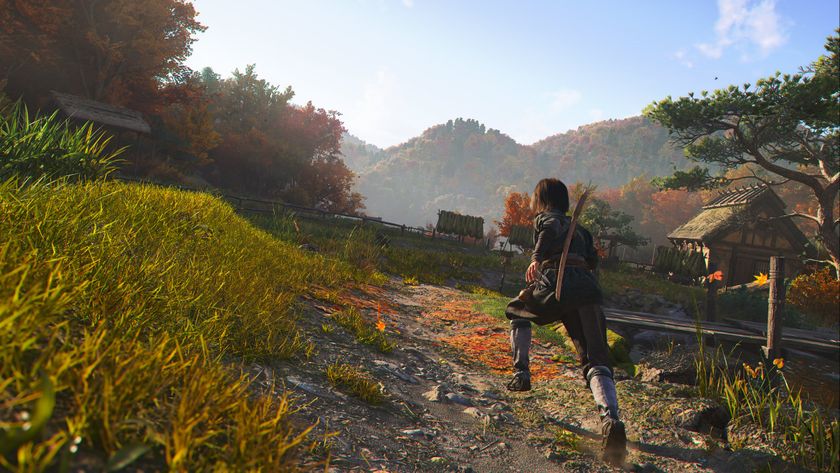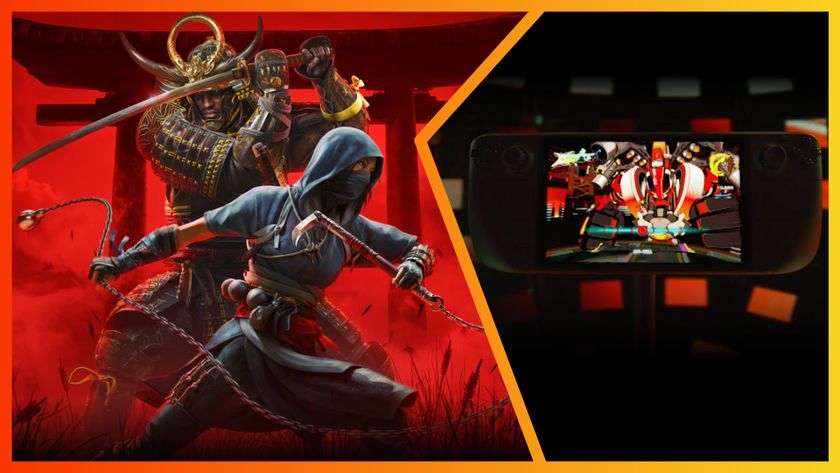'Game-changing' software to let PC gamers mix Nvidia and AMD graphics cards
What kind of sorcery is this?

Wouldn't it be great to mix and match any video cards you fancied and have them run together in your PC? Apparently this possibility is just around the corner thanks to an incoming piece of DirectX 12-leveraging software from Stardock.
Stardock is a firm famous for its Windows customization software – such as desktop organization utility Fences, and its Start menu alternatives – but this new project will allow gamers to combine the power of AMD and Nvidia graphics cards in one machine.
Of course, this has never been previously possible, as until now AMD and Nvidia products don't play together – you can hook up a pair (or more) of GeForce cards, or a pair of Radeon cards, but as you're doubtless aware it's not possible to mix these competing brands.
This new development will make this possible though, and furthermore, unlike SLI or Crossfire, you'll not only be able to mix brands but also different types of graphics cards. In other words, you won't have to match a GTX 960 with another GTX 960, gamers will be able to throw any old card in to boost the power of their existing video board.
It'll be less fuss, with the user simply having to stick the video cards in PCIe slots and then they're good to go. If the system works as promised, it will indeed be a "game changer" (quite literally) as the chief executive of Stardock, Brad Wardell, called it.
Wardell spoke to GamesBeat about the software, which is as yet unnamed, stating: "We will come up with a cool marketing name for it [laughs]. Basically, it's multi-GPU. You can mix and match cards however you want."
Massive repercussions
This could have all sorts of major repercussions for the graphics card market. For example, gamers could buy a cheap GPU to slot into their PC alongside a mid-range video card, boosting the performance of a middling rig considerably for a relatively small outlay.
Get daily insight, inspiration and deals in your inbox
Sign up for breaking news, reviews, opinion, top tech deals, and more.
Or if they've got an old graphics card lying around, that could be bunged into a machine for a performance boost that would cost the gamer absolutely nothing.
It's an exciting prospect, and could have big ramifications for virtual reality, too. While many gamers were disappointed to find out that VR requires at least a GTX 970 or R9 290, rather than face an expensive upgrade to one of these contemporary cards, they can now mull the prospect of supplementing their existing graphics solution with a cheap card instead.
Caveats? As this is a DX12 solution you'll need to be running Windows 10 to benefit from this multi-card goodness. Also, another downside is on the overclocking front, because as Wardell told GamesBeat, overclockers "will not have a good time with DX12".
Still, that's not about to dampen our enthusiasm for what sounds like a very promising technology. Theoretically, because support for this is baked into DX12, it should – as well as being a far more flexible offering – be a much smoother and simpler experience overall compared to the traditional multi-GPU avenue.
Fingers crossed that Stardock can live up to the promises.
- Also check out: 10 best graphics cards in the world
Darren is a freelancer writing news and features for TechRadar (and occasionally T3) across a broad range of computing topics including CPUs, GPUs, various other hardware, VPNs, antivirus and more. He has written about tech for the best part of three decades, and writes books in his spare time (his debut novel - 'I Know What You Did Last Supper' - was published by Hachette UK in 2013).












